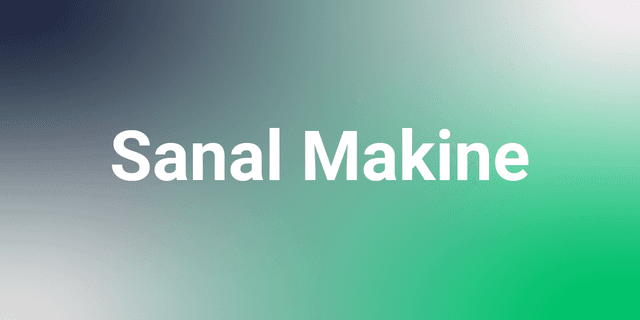Full Stack
Full Stack development refers to all the processes involved in the development of both the front end and the back end of a software application. The front end is the part that users directly interact with, namely the webpage they see. This includes the design of the user interface, the layout of the page, buttons, menus, and other visual elements. Languages such as HTML, CSS, and JavaScript are used for front-end development. The back end, which users do not see, includes the server, application, and database that operate in the background. This part processes the information received from the user and interacts with the database to present the necessary information to the user. Programming languages like PHP, Ruby, and Python are preferred for back-end development. Individuals known as Full Stack Developers have gained proficiency in both front end and back end technologies, and can work across all aspects of applications by combining these two areas. Developers can play an active role in every phase of the project, from design to operation.
What Does a Full Stack Developer Do?
Full Stack Developers play an active role in every stage of a software project due to their extensive technical knowledge. The primary responsibilities of a Full Stack Developer can be summarized as follows:
- Selects appropriate front end and back end technologies for the project.
- Develops user interfaces using HTML, CSS, and JavaScript.
- Creates dynamic and responsive designs to optimize user experience.
- Programs server-side logic and functionalities.
- Manages data processing and API development with languages like Python, Ruby, and PHP.
- Performs database setup, configuration, and management.
- Ensures that both the front end and back end parts of the software function correctly.
- Performs debugging and optimization to enhance the stability and performance of the software.
- Works in coordination with other developers, designers, and project managers.
- Establishes effective communication to understand project requirements and offer solutions.
- Keeps up with new technologies and industry trends.
- Continuously learns to keep both the software and their skills up-to-date.
- Aims to write readable, maintainable, and reusable code.
- Facilitates the maintenance and updates of the software.
What Programming Languages Do Full Stack Developers Use?
Full Stack Developers use a wide range of programming languages due to the technical diversity and flexibility required by projects. JavaScript is primarily used for front-end development. However, this language is also integrated with various libraries and frameworks such as React, Angular, and Vue.js. For back-end development, languages like Python, Java, PHP, and Ruby are common. Python and Node.js are particularly popular choices because they effectively meet modern web development needs and offer extensive community support.
In terms of database management, developers often master SQL-based systems such as MySQL and PostgreSQL, as well as NoSQL databases like MongoDB. This diversity enables Full Stack Developers to be effective across all layers of the application and quickly adapt to different technological needs, allowing them to take on a broader role in projects.
Our free courses are waiting for you.
You can discover the courses that suits you, prepared by expert instructor in their fields, and start the courses right away. Start exploring our courses without any time constraints or fees.



